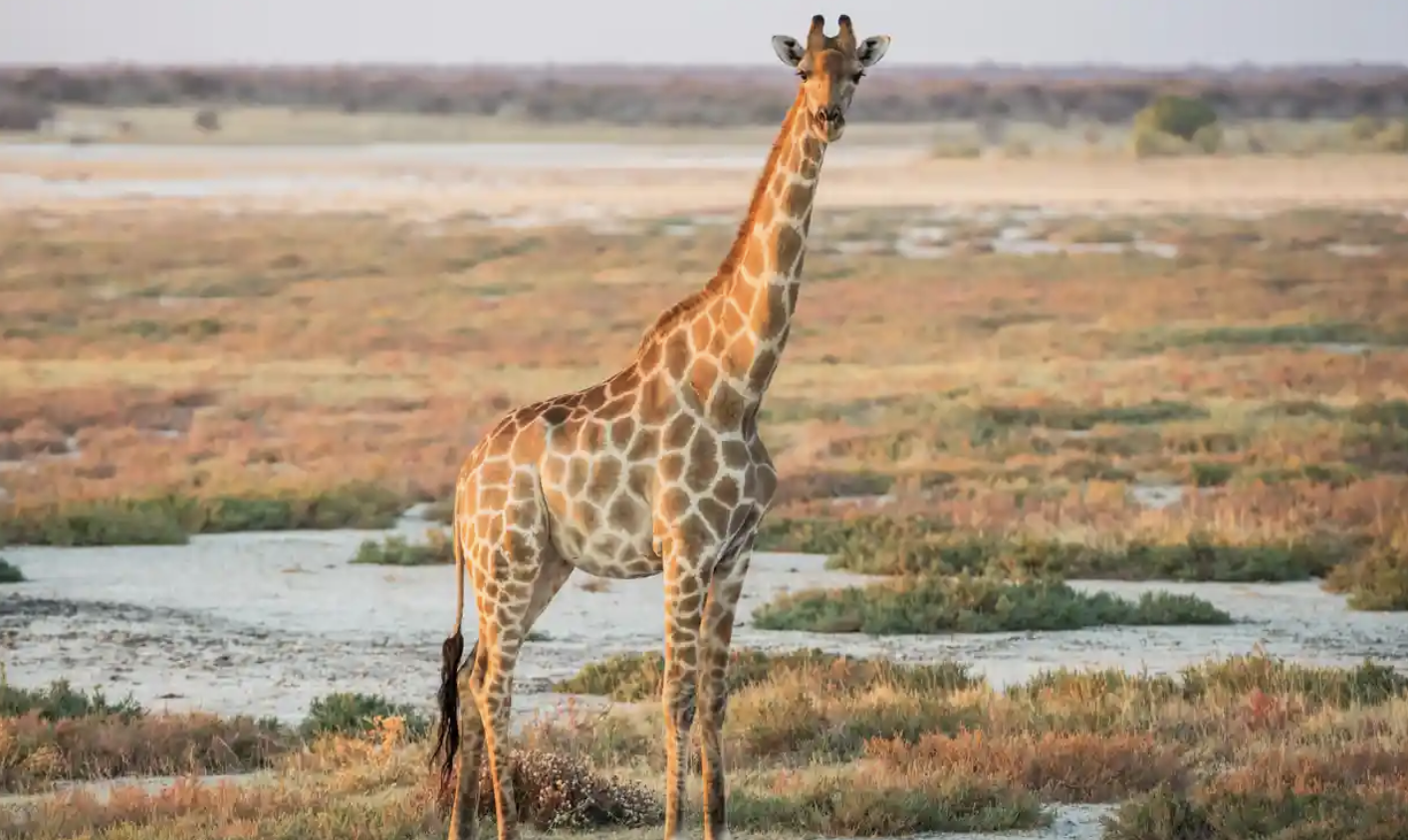Patrick Greenfield
Mouse lemurs in their nest in Madagascar. New techniques led to the discovery of a separate species last year. Photograph: Minden Pictures/Alamy
Hundreds of unidentified mammals are hiding in plain sight waiting to be discovered, according to a new study which predicts where to find so-called “cryptic” species across the tree of life.
African elephants, lemurs and two newly discovered see-through frogs in Ecuador that live just 13 miles apart are among a growing number of plants and animals that have been unmasked by genetic analysis in recent years, revealing they are not a single species but, in fact, many and separate groups, despite appearing similar to the human eye.
Thanks to the discoveries driven by the rise of DNA barcoding, a technique that can identify and differentiate between flora and fauna by their genetic divergence, scientists say our planet may be more biologically diverse than previously thought, meaning there could be many more species than the current best estimate of 8.7 million.
Now researchers have gone a step further and proposed a new method to predict where to look for new animal species on the web of life amid fears that many are becoming extinct before they are known to science.
By analysing millions of mammal gene sequences and other information on their environment and habitat, researchers say hundreds of bats, rodents, shrews and moles are waiting to be found, likely incorrectly classified as another species due to their size and physical appearance.
The semi-transparent glassfrog. Photograph: GFC Collection/Alamy
While that finding would not surprise many biologists, researchers say the new predictive model could be used to help find undiscovered species in other animal groups, such as insects, a class in which millions of species are yet to be identified.
“Based on our analysis, a conservative estimate would be that there are hundreds of species of mammals worldwide that have yet to be identified,” said Bryan Carstens, professor of evolution, ecology and organismal biology at Ohio State University, who co-authored the study, published on Monday in the journal Proceedings of the National Academy of Sciences.
“What we did that was new was predict where these new species are most likely to be found,” Carstens said, adding that the model estimated that about 80% of mammal species had been discovered.
“The shocking thing is that mammals are very well described compared to beetles or ants or other types of animals. That knowledge is important to people who are doing conservation work. We can’t protect a species if we don’t know that it exists. As soon as we name something as a species, that matters in a lot of legal and other ways,” said Carstens.
The research, led by Ohio State graduate student Danielle Parsons, also predicted that cryptic mammal species are most likely to be those with wider geographic ranges with high precipitation and temperature variability. Examples include the little brown bat, found across North America, which was shown to be five separate species in 2018.
A Namibian giraffe, Giraffa giraffa angolensis. Photograph: Design Pics Inc/Alamy
The new DNA-based methods have caused a revolution in modern taxonomy, which, used in combination with traditional techniques first developed by Swedish botanist Carl Linnaeus, is helping scientists reorganise the library of life on Earth.
Researchers say taxonomists are unlikely to have to search far for species to unveil, with many specimens likely already in natural history collections at museums. Recent examples include the Popa langur in Myanmar, previously confused with another species, and a new Indian aloe plant.
Find more age of extinction coverage here, and follow biodiversity reporters Phoebe Weston and Patrick Greenfield on Twitter for all the latest news and features
… we have a small favour to ask. Millions are turning to the Guardian for open, independent, quality news every day, and readers in 180 countries around the world now support us financially.
We believe everyone deserves access to information that’s grounded in science and truth, and analysis rooted in authority and integrity. That’s why we made a different choice: to keep our reporting open for all readers, regardless of where they live or what they can afford to pay. This means more people can be better informed, united, and inspired to take meaningful action.



